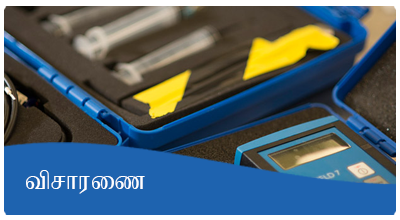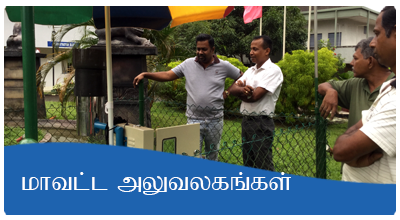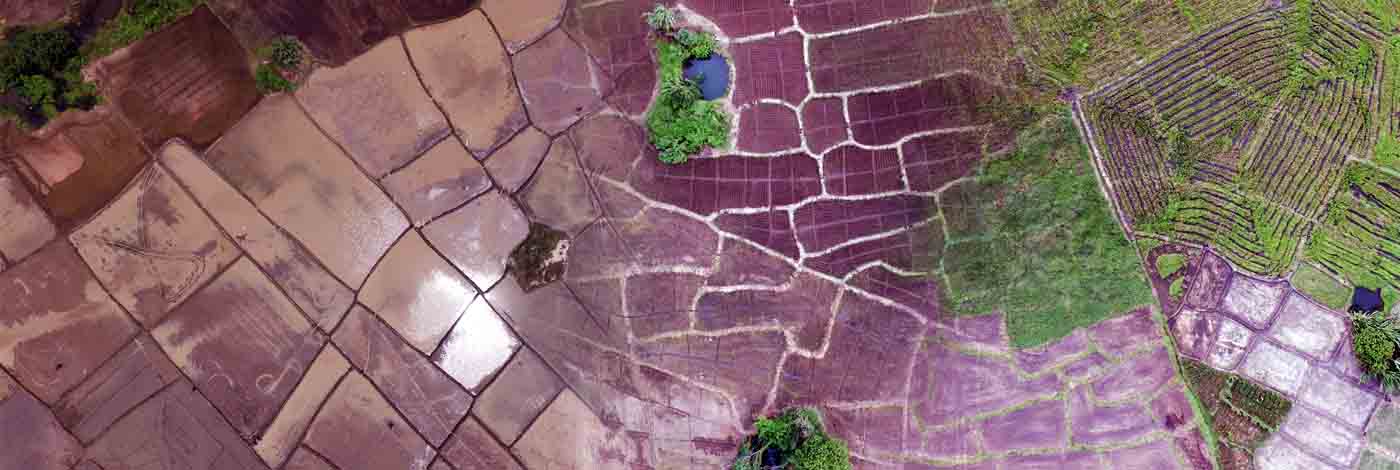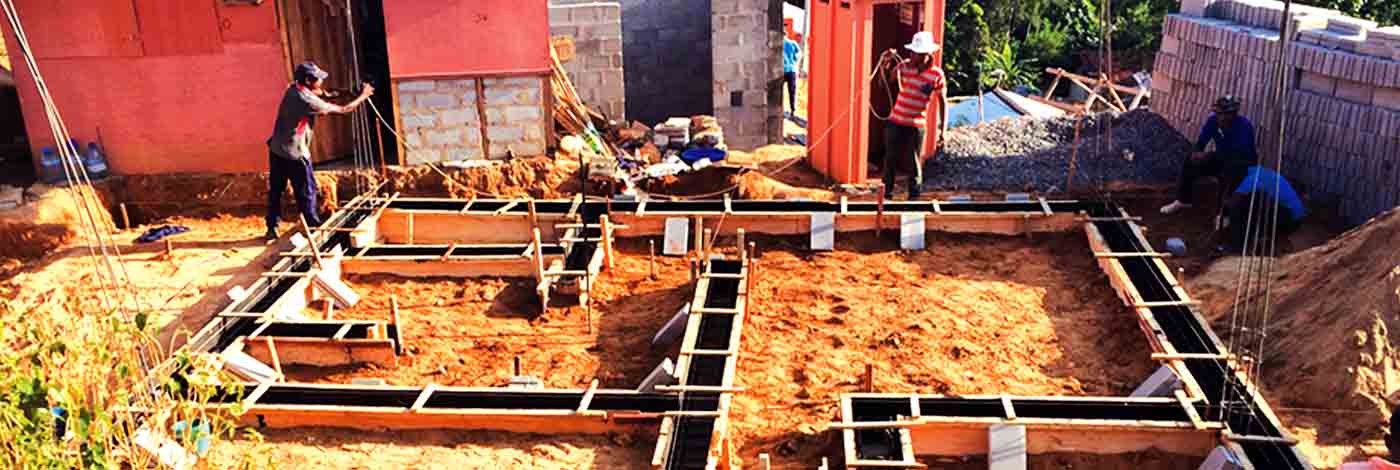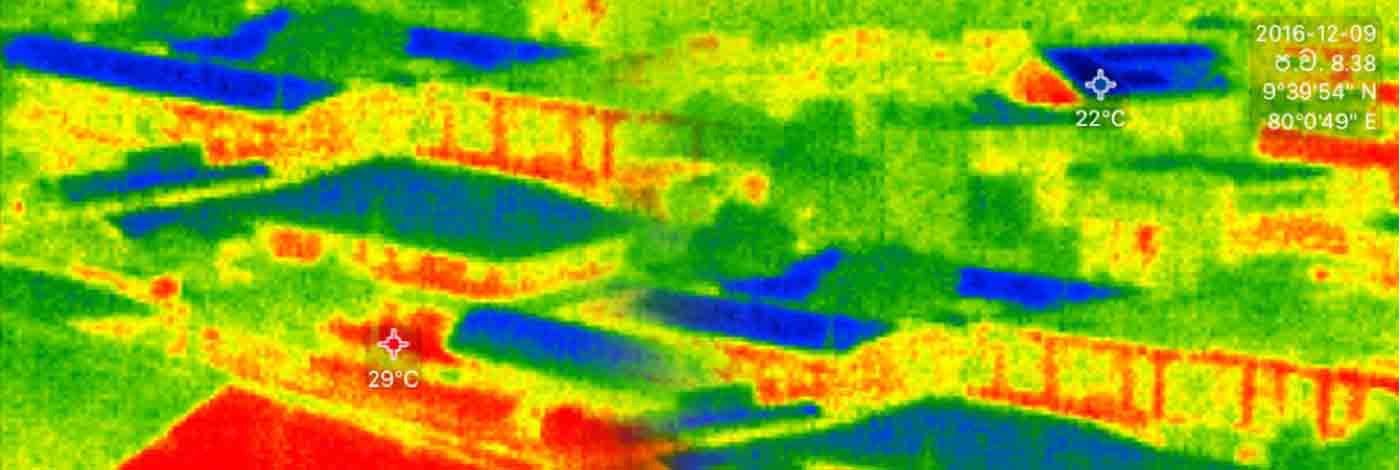 NBRO established a Climate Research Unit (CRU) to conduct policy relevant research into climate change impacts and adaptation in Sri Lanka. Currently CRU researchers are working on how vulnerable the small-scale farmers in Sri Lanka are, in the face of climate change on a collaboration research project of Agricultural Decision Making and Decision-making to the Precipitation Trends in Sri Lanka (ADAPT-SL).
NBRO established a Climate Research Unit (CRU) to conduct policy relevant research into climate change impacts and adaptation in Sri Lanka. Currently CRU researchers are working on how vulnerable the small-scale farmers in Sri Lanka are, in the face of climate change on a collaboration research project of Agricultural Decision Making and Decision-making to the Precipitation Trends in Sri Lanka (ADAPT-SL).
ADAPT-SL research aims to gain a better understanding of how farmers in Sri Lanka, in particular, are adjusting their practices to deal with climate change effects. Since 2010, researchers from National Building Research Organisation (NBRO) have partnered with Vanderbilt University’s Vanderbilt Institute for Energy and Environment (VIEE) in United States of America to examine the connections between agricultural adaptation and climate change in the dry zone of Sri Lanka, a project funded by US National Science Foundation.
Sri Lanka’s dependence on agriculture makes it particularly vulnerable to climate change. Much of the country’s attention in regards to climate change adaptation is focused on sea level rise, logical given the concentration of population and infrastructure along the country’s coast. However, further attention needs to be paid to inland areas. Temperature in Sri Lanka has increased about 1°C over the past 50 years, and is expected to continue to rise. While projections for rainfall are less certain, higher temperatures necessarily mean higher levels of evapotranspiration, suggesting that Sri Lanka may have less water in the future. The anticipated impacts of climate change are particularly problematic for the country’s dry zone, where agriculture is dependent both on rainfall and on water transported via canal over long distances. Farmers expressed that they are already experiencing changes in the onset and intensity of monsoon rains which make it harder for them to effectively manage their production and maximize yields.
In the above context, the ADAPT-SL project focuses on how Sri Lankan farmers have in the past and currently are adapting to climate change, and how they can adapt to future climate change in particularly in physical and hydrological, socio-economical, and policy domains through developing landuse maps, drought monitoring & forecasting methodologies, household surveys, crop modelling plans to water scarcity & etc.
Research area of the project includes 30 Grama Niladhari divisions in 9 districts of the dry zone and across different irrigation systems and the project results and findings will lead to implementable changes that support farmers in the sustainable livelihood in the face of adverse climate change impacts.









